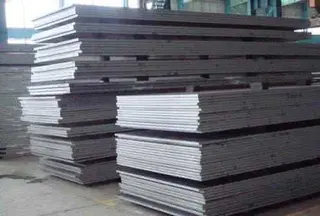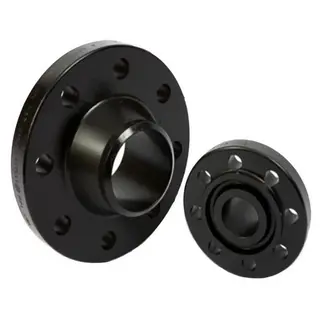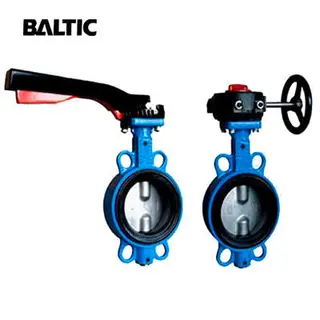Introduction of Optical Fibers
Optical fiber, made of glass or plastic, is used for light transmission based on the principle of total reflection of light. Transmission loss of light in optical fiber is far lower than that of electricity in electric wires, so optical fiber is usually used for long-distance data transmission.
Extremely tiny optical fiber is enclosed in plastic jacket to avoid break due to bending. Generally, the transmitter at one end of optical fiber is used for transmitting optical pulse to optical fiber with a light emitting diode (LED) or a laser beam, while the receiver at the other end is used for detecting optical pulse with photosensitive element.
Optical fibers and fiber optic cables are different. Most optical fibers should be covered with several protective layers. The optical fibers after such treatment are called fiber optic cables. The protective layer and insulating layer can protect optical fibers from damage caused by water, fire, electric shock, etc. Fiber optic cables can be divided into cable sheath, Aramid yarns, buffer layer and optical fibers. Optical fibers are similar to coaxial cables except minor difference, namely optical fibers has no reticular shielding layers.
The cores in multi-mode optical fibers are 50μm or 62.5μm in diameter, nearly equivalent to the diameter of a piece of hair, while the cores in singe mode optical fibers are 8μm ~10μm in diameter. Having lower refractive index than cores, glass covering around the cores is used to ensure that light retains in optical fibers. Thin plastic covering outside glass covering is called coating, which is used for protecting glass covering. Optical fibers are often made into bundles with protective covering. The cores of optical fibers have concentric cylinder shape with small cross-sectional area and are made of quartz glass. Such cores are brittle and easily broken, thus requiring protective covering to protect them.
Extremely tiny optical fiber is enclosed in plastic jacket to avoid break due to bending. Generally, the transmitter at one end of optical fiber is used for transmitting optical pulse to optical fiber with a light emitting diode (LED) or a laser beam, while the receiver at the other end is used for detecting optical pulse with photosensitive element.
Optical fibers and fiber optic cables are different. Most optical fibers should be covered with several protective layers. The optical fibers after such treatment are called fiber optic cables. The protective layer and insulating layer can protect optical fibers from damage caused by water, fire, electric shock, etc. Fiber optic cables can be divided into cable sheath, Aramid yarns, buffer layer and optical fibers. Optical fibers are similar to coaxial cables except minor difference, namely optical fibers has no reticular shielding layers.
The cores in multi-mode optical fibers are 50μm or 62.5μm in diameter, nearly equivalent to the diameter of a piece of hair, while the cores in singe mode optical fibers are 8μm ~10μm in diameter. Having lower refractive index than cores, glass covering around the cores is used to ensure that light retains in optical fibers. Thin plastic covering outside glass covering is called coating, which is used for protecting glass covering. Optical fibers are often made into bundles with protective covering. The cores of optical fibers have concentric cylinder shape with small cross-sectional area and are made of quartz glass. Such cores are brittle and easily broken, thus requiring protective covering to protect them.

Send your message to this supplier
Related Articles from the Supplier
Introduction of Optical Fibers
- Jul 07, 2015
Introduction of Fiber Optic Patch Cord
- Sep 23, 2015
Brief Introduction of Fiber Optic Adapter
- Sep 17, 2015
Brief Introduction of FTTH Fast Connector
- Aug 19, 2015
Advantages of Fiber Optic Transmission
- Jul 15, 2015
Advantages of Fiber Optic Communication
- Oct 14, 2015
Related Articles from China Manufacturers
A Simple Introduction of Thicknesses of Steel Plates
- May 12, 2017
A brief introduction of a cast iron pipe
- Jul 04, 2018
Brief Introduction of Flange
- Sep 01, 2020
Detailed Introduction of Quick Exhaust Valve
- Mar 02, 2021
A Brief Introduction of Plug Valve
- Apr 11, 2019
A Brief Introduction of Butterfly Valve
- Apr 16, 2019
Related Products Mentioned in the Article
Nokoxin Technology Co., Ltd.
- Address: 3F, Building No.2, Jiayiyuan Technical Park, Huaning Road, Dalang, Longhua District, Shenzhen, China.
- Phone: +86 0755-61562392
- Business Type: Manufacturer, Trading,
Supplier Website
Source: http://www.carefiber.com/introduction-of-optical-fibers.html















